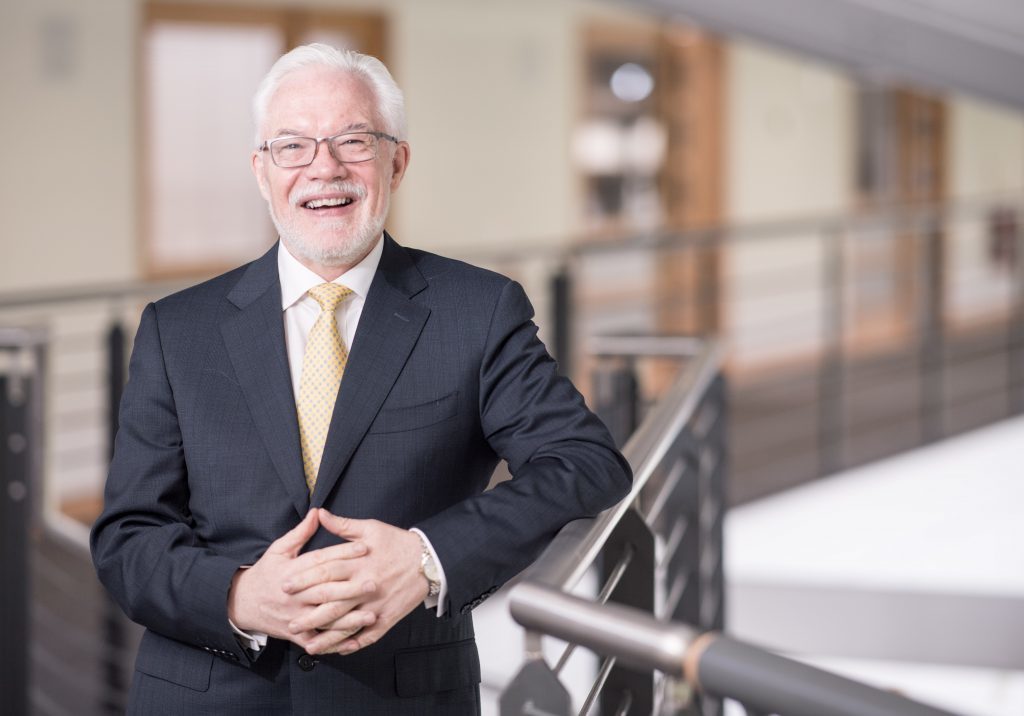
As we move into 2018, it’s always worth reflecting on the previous 12 months. I was encouraged by the amount of positive activity at the end of last year with a steady increase in the oil price, new contract announcements and further field developments. As an industry, we certainly seem to be moving in the right direction and I hope to see similar activity in the months ahead.
The focus within the technology arena has broadened of late with industry adopting further digital and robotic developments generally, which is positive. At ITF, we have also found that a core area is maximising economic recovery of hydrocarbons from subsurface reservoirs efficiently. Our portfolio of running joint industry projects (JIPs) features a broad spectrum of geoscience capabilities, including developments in petrophysics, structural geology, geophysics and geomechanics. The PETGAS project, which is now in its third phase, has been highly successful in generating a high-quality database of petrophysical properties of tight gas sandstones using bespoke software to visualise results.
This will reduce time and costs for oil producers to determine whether such gas fields are economically viable. At the end of 2017 we were pleased to welcome Nexen Petroleum UK Limited to the project team, joining EBN and PDO.
Efficiency efforts globally surrounding hydraulic fracturing continue to develop. Marathon Oil, Nexen and Repsol Sinopec back the ongoing FRACGAS project with Rockfield Global to improve the planning, design and implementation of hydraulic fracturing to maximise the efficiency and profitability of unconventional resources globally.
I also want to mention the pioneering Fullwave Gamechanger project which is soon to move into its fifth phase. This Imperial College London project links to the innovative digital work being carried out across industry, and is improving exploration outcomes by using Fullwave Inversion to increase seismic resolution. Chevron, one of the project sponsors, recently described the initiative as ‘enabling the industry to see new things and gain new insights from legacy data’.
We are working closely with universities who are at the forefront of technology development. The University College Dublin is leading our Quantification of 3D Fault Zone Geometries (QUAFF) project which aims to reduce risk within reservoir modelling.
Backed by a large consortium of global players including Exxon Mobil, Total, Woodside and Statoil, this JIP looks to further develop and utilise the fault characterisation work undertaken in phase 1 which included the development of a comprehensive database of 2D fault zone structures from outcrop and seismic data, a library of 3D fault zone models and a range of tools for applying the database to practical reservoir management issues.
With our support for these ongoing projects, subsurface developments will continue to be a high priority for ITF in the coming months as we continue to further engage with developers to facilitate new initiatives.
Dr Patrick O’Brien is CEO of ITF